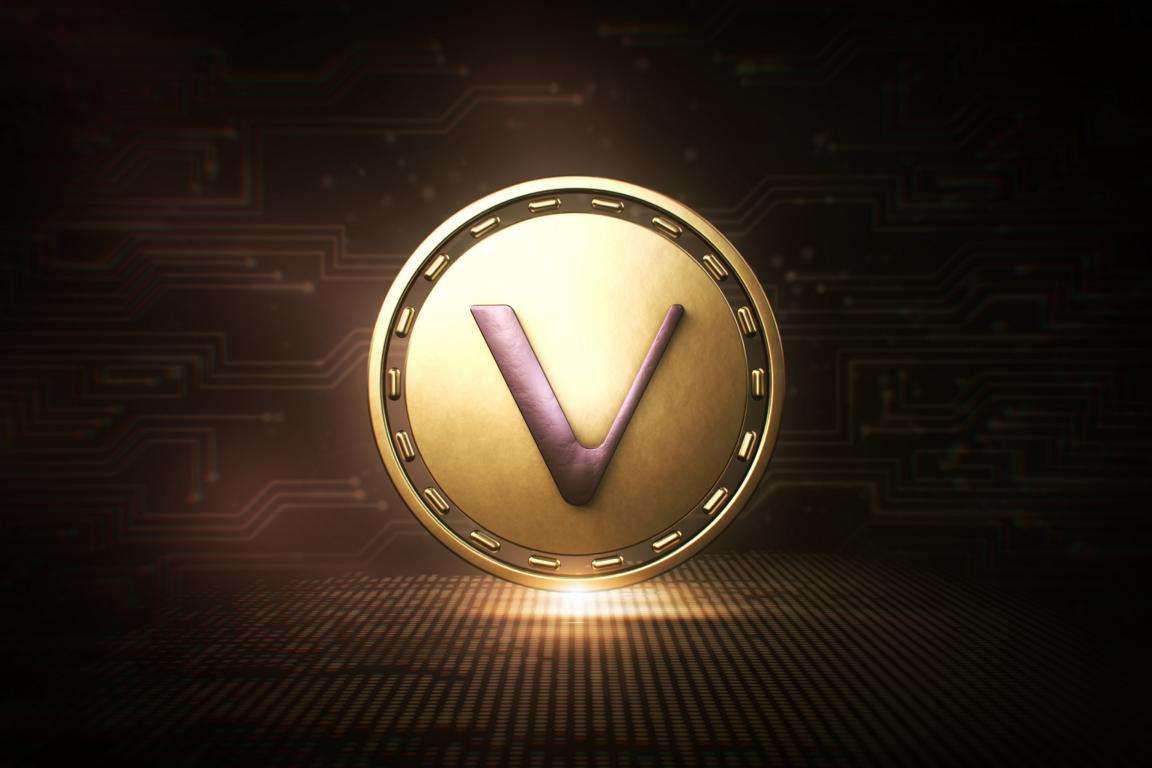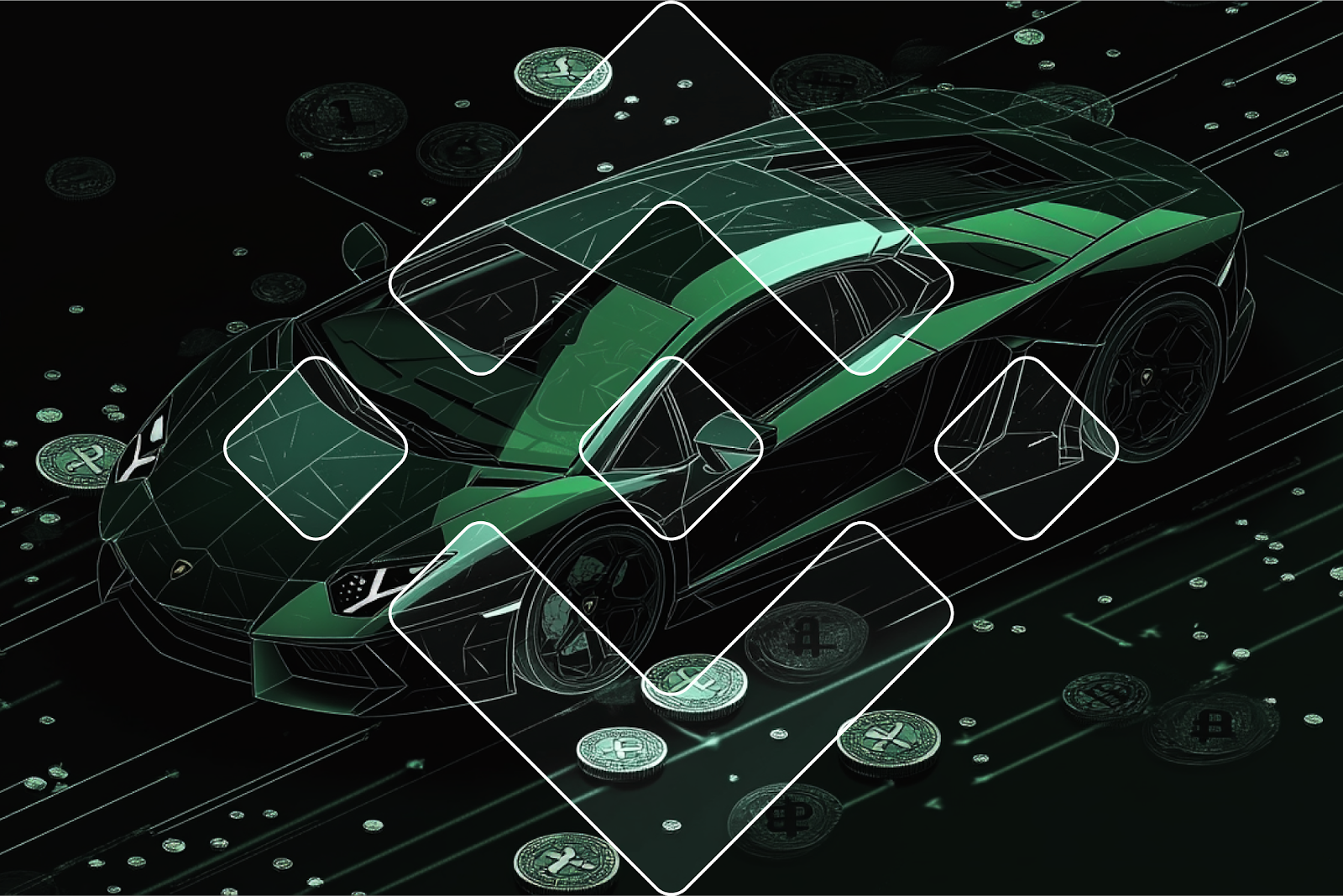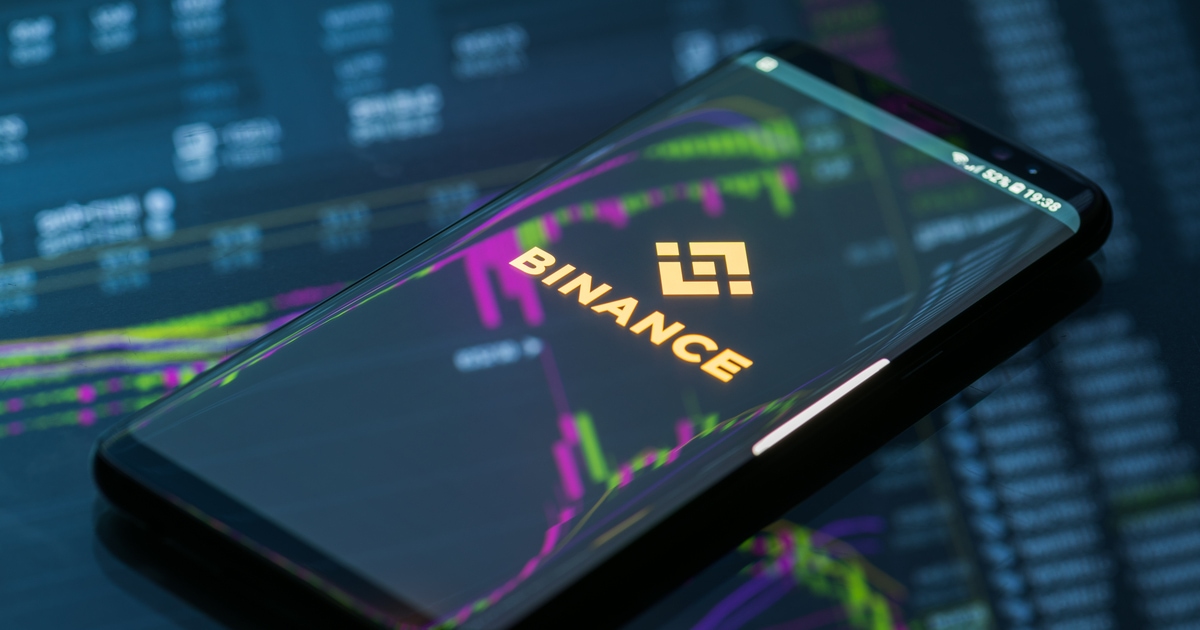Source: Diego Ioppolo – Shutterstock
- The VeChain ecosystem accounted for 4,459.41 kg in carbon emission and a total of 1,789.58 kg YTD.
- The financial implications of the VeChain carbon emissions have been estimated at $143 YTD, after amounting to about $357 last year.
The development of blockchain technology has evolved over the past decade since Satoshi Nakamoto left the last message. Different consensus mechanisms have been conceptualized to minimize electricity consumption, without compromising on security. Moreover, the debate on blockchain decentralization and scalability has brought forth hundreds of layer 1 blockchains.
As cryptocurrency and blockchain technology enter the phase of mainstream adoption, global regulators are keen on ensuring environmentally friendly projects take the lead. Consequently, the second largest blockchain by on-chain activity Ethereum recently finalized the transition from Proof-of-Work (PoW) to Proof-of-Stake (PoS) via the Shapella/Shanghai upgrade.
Blockchains degrading O3 via CO
The high carbon footprint emission by Bitcoin caused Tesla Inc. to stop its initiative to accept the top digital asset for electric vehicle consumption. Tech billionaire Elon Musk insisted that the electric vehicle maker would revisit the decision until such a time that Bitcoin miners migrate to renewable energy sources. According to a report on the environmental impact of crypto in 2022, Bitcoin’s annual electricity usage in KWh was 115.9 billion thus contributing to annual carbon emissions of 86 tons.
In the energy used per transaction, Bitcoin topped with about 1,184 kWh. Litecoin and Bitcoin Cash consume about 19KWh per transaction, while Polygon posted 90 KWh.
In this regard, the total number of trees needed to offset greenhouse gasses from the top five energy consumers is more than 435 million units.

VeChain is user and environmentally friendly
VeChain, a state of art blockchain that uses two coins in streamlining the global supply chain ecosystem, has been hailed for its environmental protection. Notably, the VeChain ecosystem accounted for 4,459.41 kg in carbon emission and a total of 1,789.58 kg YTD. As a result, the VeChain blockchain has been hailed for enabling crypto adoption through low transaction fees and high throughput.
They stopped at the top 8 😆 I think vechain deserves a special mention for solving so many issues faced by most public blockchain protocols
– low carbon
– scalable , low fees
– anyone can use the VeChainThor blockchain
– PoA 2.0 consensus mechanism = deterministic finality…— Sarah Ⓥ (@Sarah_Nabaa) April 24, 2023
Reportedly, the financial implications of the VeChain carbon emissions have been estimated at $143 YTD, after amounting to about $357 last year.
As a blockchain with two token ecosystems, VET had a market capitalization of approximately $1.65 billion on Wednesday and VTHO reported a valuation of about $85 million, its future growth prospects are expected to increase exponentially due to institutional adoption. According to the official VeChain website, the ecosystem takes pride in more than 2 million active wallets. Since its inception, the VeChain blockchain has facilitated more than 45 million transactions with each consuming about 0.000216 kWh. VeChain noted;
No spam, no lies, only insights. You can unsubscribe at any time.
Vechain’s energy consumption is equal to just 0.04 percent of other blockchains. The 2022 carbon footprint of Vechain’s core network of 101 authorities’ nodes was calculated to be 4.46 t CO2e/year. That is equivalent to almost one gasoline-powered passenger vehicle driven for one year,
Crypto News Flash does not endorse and is not responsible for or liable for any content, accuracy, quality, advertising, products, or other materials on this page. Readers should do their own research before taking any actions related to cryptocurrencies. Crypto News Flash is not responsible, directly or indirectly, for any damage or loss caused or alleged to be caused by or in connection with the use of or reliance on any content, goods, or services mentioned.
Credit: Source link















































